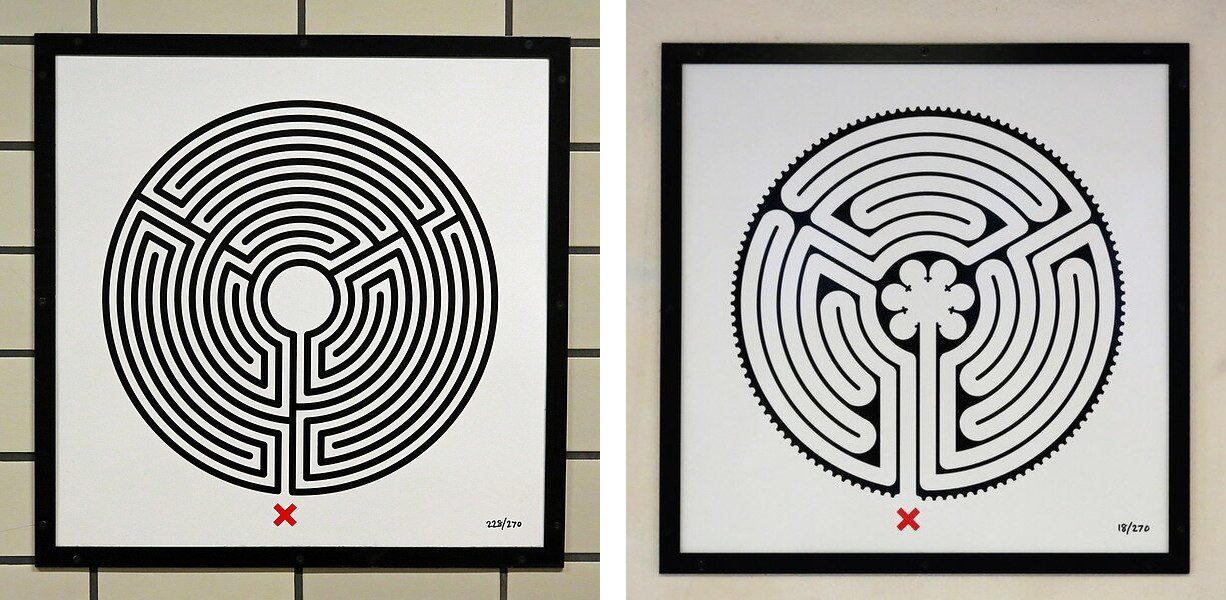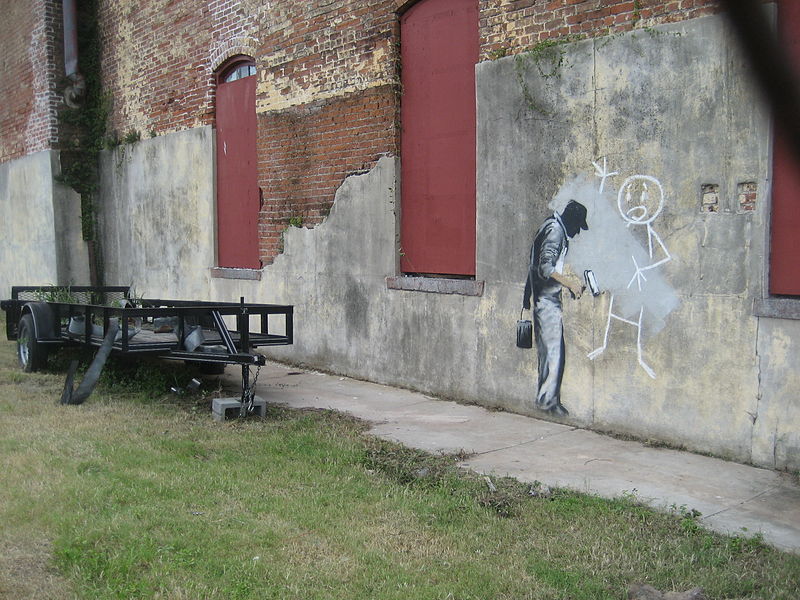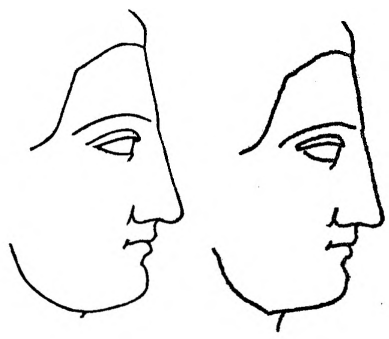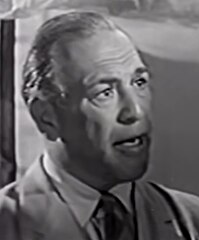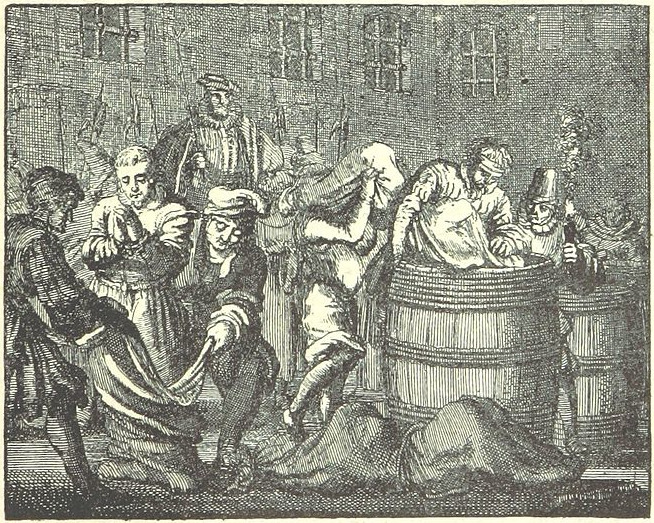
Golfers at the Aroostook Valley Country Club have to play carefully — a stray shot might leave the country. The club straddles the border between the United States and Canada — the course and clubhouse are in New Brunswick, and the parking lot and pro shop are in Maine.
The club was launched in 1929, when enterprising founders built the clubhouse just feet inside the Canadian border, so that visiting American golfers could evade Prohibition without having to pass through customs.
Both nations still play the course today, but border restrictions imposed during the pandemic mean that Americans now have to enter at an official border crossing.

